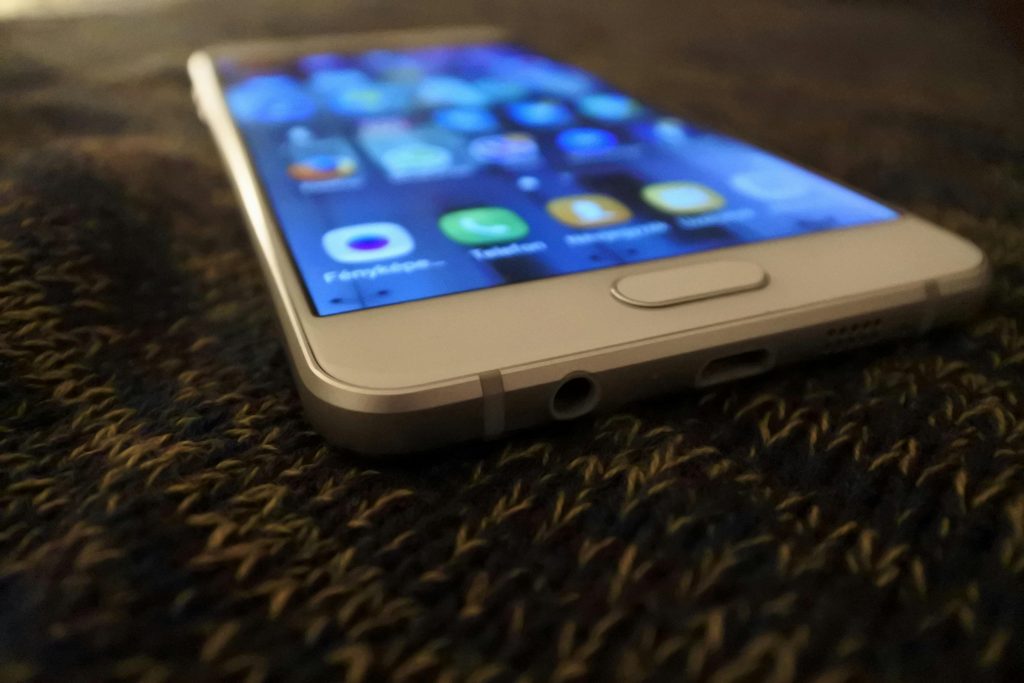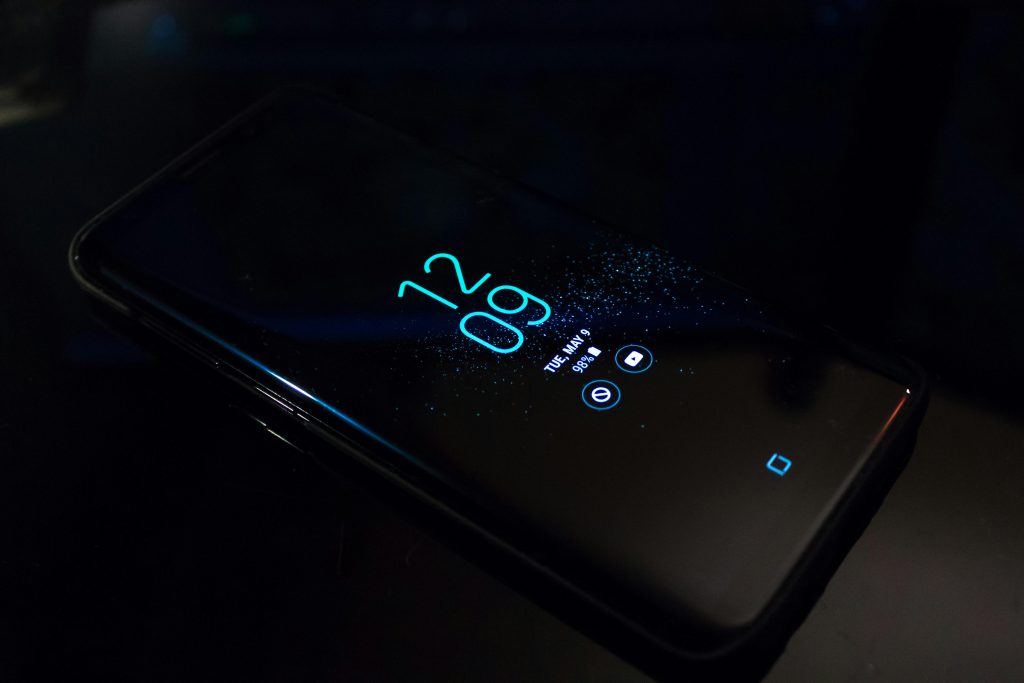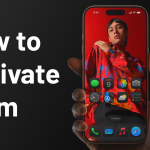The Technicalities of AT&T Device Unlock: Understanding the Process Deeply

This is one of the most important points when unlocking a device from the AT&T network. The process of AT&T wireless unlocking follows in the footsteps of the user, from the network restrictions, allowing one to switch from and to another carrier, use international SIM cards, and take control of the device. With this nitty-gritty, AT&T SIM unlocks process and an in-depth look at the involvement of third parties, this demystifying of unlocking for the user is meant to demystify unlocking for them, in other words, make readers understand what goes on unlocking-wise.
Understanding AT&T’s Official Unlock Process
Unlocking an AT&T device follows a raft of technical and procedural steps—all rooted in the carrier’s policies and the devices’ technology.
Eligibility: According to AT&T, eligibility to unlock any device is quite clear. Some of them include fully paying for the said device, having the relevant account in good standing without any outstanding balance, and not the said device to be reported lost or stolen. In addition, the device is usually required to have been active on the AT&T network for some duration.
Submission of Request: The submission of a request for a device unlock, according to AT&T, has to be sent via a dedicated portal found on the company’s site.
Approval and Unlock Code: Upon approval, the application goes through processing by AT&T, which then forwards an Unlock Code. After entering the code given, the device will be unlocked from its current network, and SIM cards will be accepted from another carrier.
Technical Aspects: The network lock is firmly embedded in the device’s firmware and bases its operation on the means used to unlock it. Keying in the unlock code is modifying the firmware settings to undo this lock so that the hardware inside the device can now talk with any other network carrier.
The Role of Third-Party Unlock Services
The application is either rejected, an AT&T unlock request, or the user finds that they don’t fit the official criteria; third-party unlock services are the only alternative. They provide the user with codes or software solutions that will remove the restrictions from the carrier.
Operation: Usually, third-party services have access to databases of unlock codes or resources for unlocking through software means. The user provides them with his IMEI number, and after that, the service either works on devising an unlock code for him or, rarely, it just goes for direct unlocking of the device through software.
Risks and Benefits: Even though third-party services might be a good resort for a person locked out of the device, they also bear accompanying risks. The integrity and legality of the many ROMs available vary, and the possibility of fraud, voiding your warranty, or even damaging your device is ever-present. However, one should carefully choose alternate network unlocks services with a good reputation. In that case, unlocking devices is often done quickly and effectively without most delays with official channels.
Choosing a third party: By all means, the user needs to research, read the reviews, and check the credibility of the service provider before availing of a third-party unlock. Such service must have a history of achieved goals and customer support offered to mitigate possible risks.
Thus, whether conducted officially or through an authorized third party, the AT&T device unlock process is a tactical combination of technical proceedings with guidelines of concrete policies. Learning the nitty-gritty of an unlock would enable users to be conscious about releasing their device from the holds of a carrier. AT&T offers an official, rather simple unlock process to those who qualify. On the other hand, third-party services provide a workaround for people facing those roadblocks. However, by using third-party services, the customer will also weigh the benefits against the associated risks. Unlocked phones ultimately unleash a world of possibilities for users, with the power in their hands to decide which carriers they want to be on and be able to use their devices wherever they go.
Explore More Our Services:
- Unlock Remote Unlock Service
- Unlock Google Pixel/FRP Account Removal
- Unlock Samsung Google/FRP Account Removal
- Unlock Samsung Screen Password Removal Service




